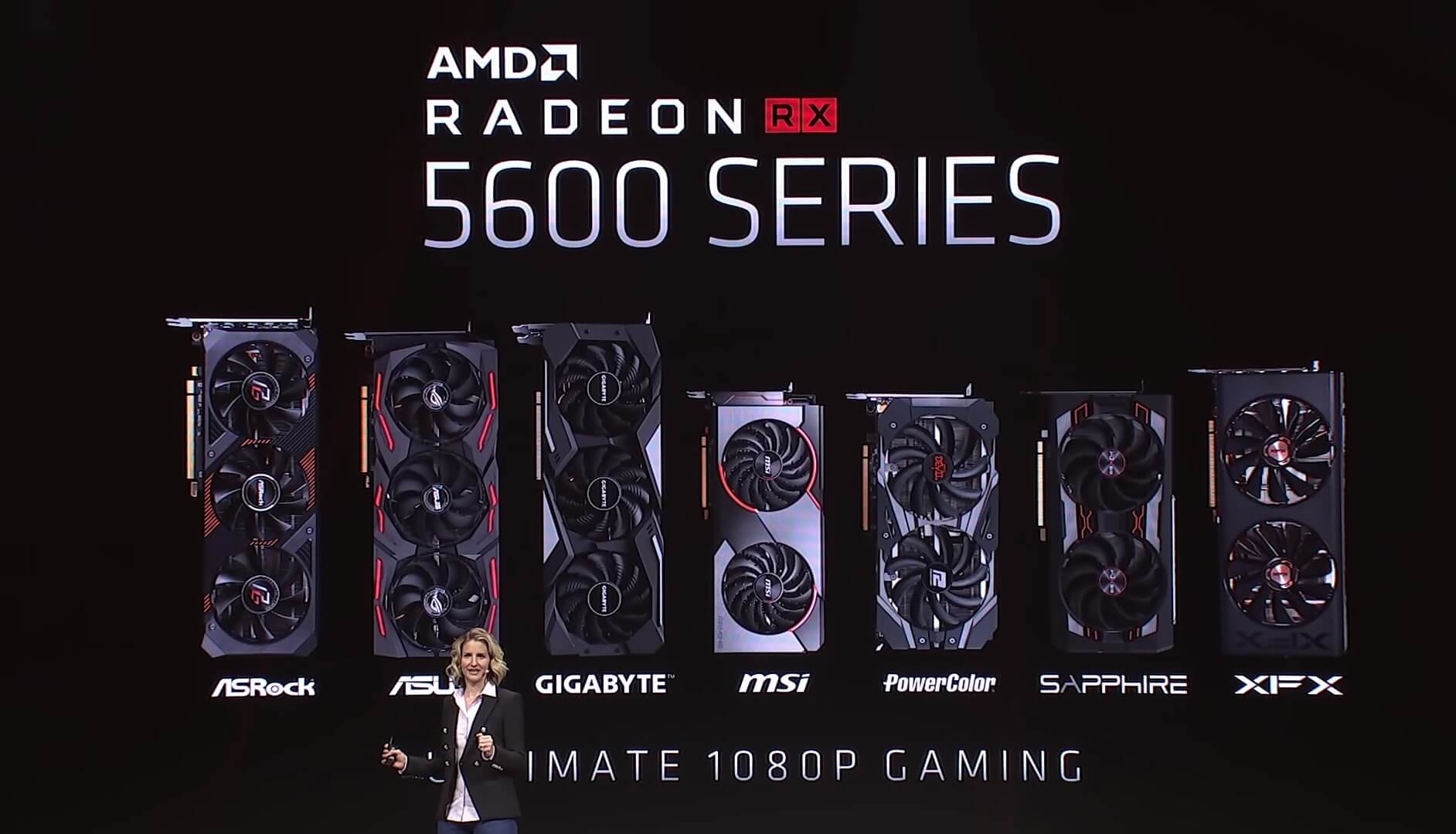A hot potato: Nvidia may have successfully outmaneuvered AMD by bringing the RTX 2060's price down to $300. AMD can't make the 5600 XT competitive without slashing prices (and profit!) unless they're willing to sacrifice some RX 5700 sales. A new report suggests they are.
Compared to the 5700, the incoming Radeon RX 5600 XT doesn't miss out on much. It has the same 2304 cores, only they're clocked ~15% lower, and paired with 6 GB of memory instead of 8 GB. That means that, at least theoretically, the two cards should perform similarly if the 5600 XT is overclocked.
To prevent board partners factory overclocking their 5600 XT's and sabotaging 5700 sales, AMD is suspected to have imposed a limit on the frequencies manufacturers can use. A quick peruse of a few GPU manufacturer's sites shows that all of them are offering beefy cards with a game clock of 1560 MHz and a boost clock of 1620 MHz, and none are offering cards with higher speeds.

Until today, that is. As Videocardz noted, Sapphire has altered the specifications of their Radeon RX 5600 XT Pulse (above), just two days after its original announcement. Its game clock went up from 1560 MHz to 1615 MHz, and its boost clock has gone from 1620 MHz to 1750 MHz. Memory speeds have also increased from 12 Gbps to 14 Gbps.
The upgrade aligns with a new report from Chinese news site HKEPC, who reports that board partners have received a new vBIOS from AMD. They're now permitted to overclock their cards further and increase their TDP by 10W to facilitate the jump.
| Model | TDP | Game Clock | Boost Clock |
| 5700 (standard) | 180W | 1625 MHz | 1725 MHz |
| 5600 XT (new max) | 160W | 1615 MHz | 1750 MHz |
| 5600 XT (former max) | 150W | 1560 MHz | 1620 MHz |
| 5600 XT (standard) | 150W | 1375 MHz | 1560 MHz |
If the report is accurate, high-end 5600 XT models are going to be only slightly behind the 5700. And you know what else is slightly behind the 5700? The RTX 2060.
The competition between the two is fierce, so stick around for our review of the 5600 XT later on Tuesday.
